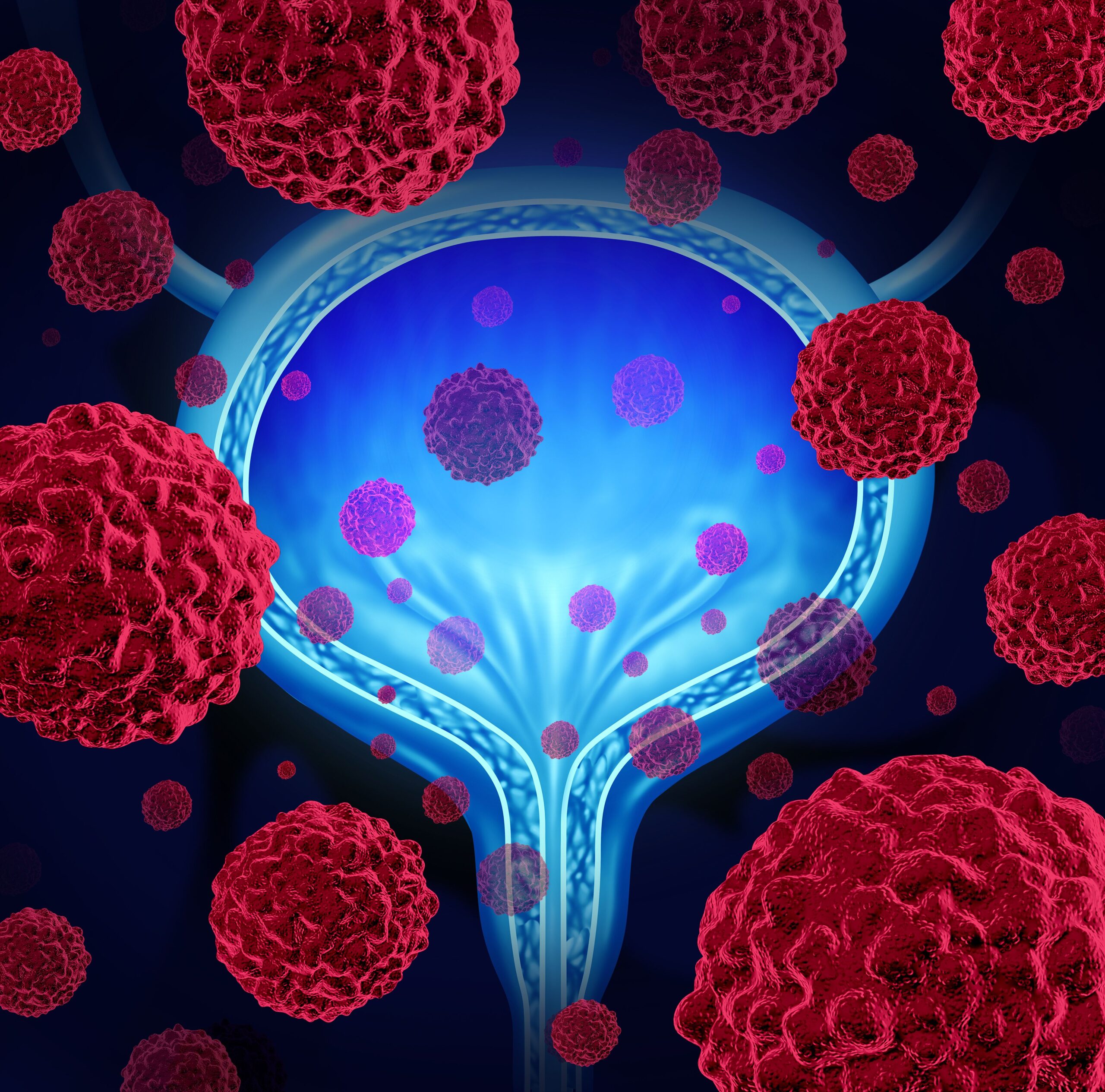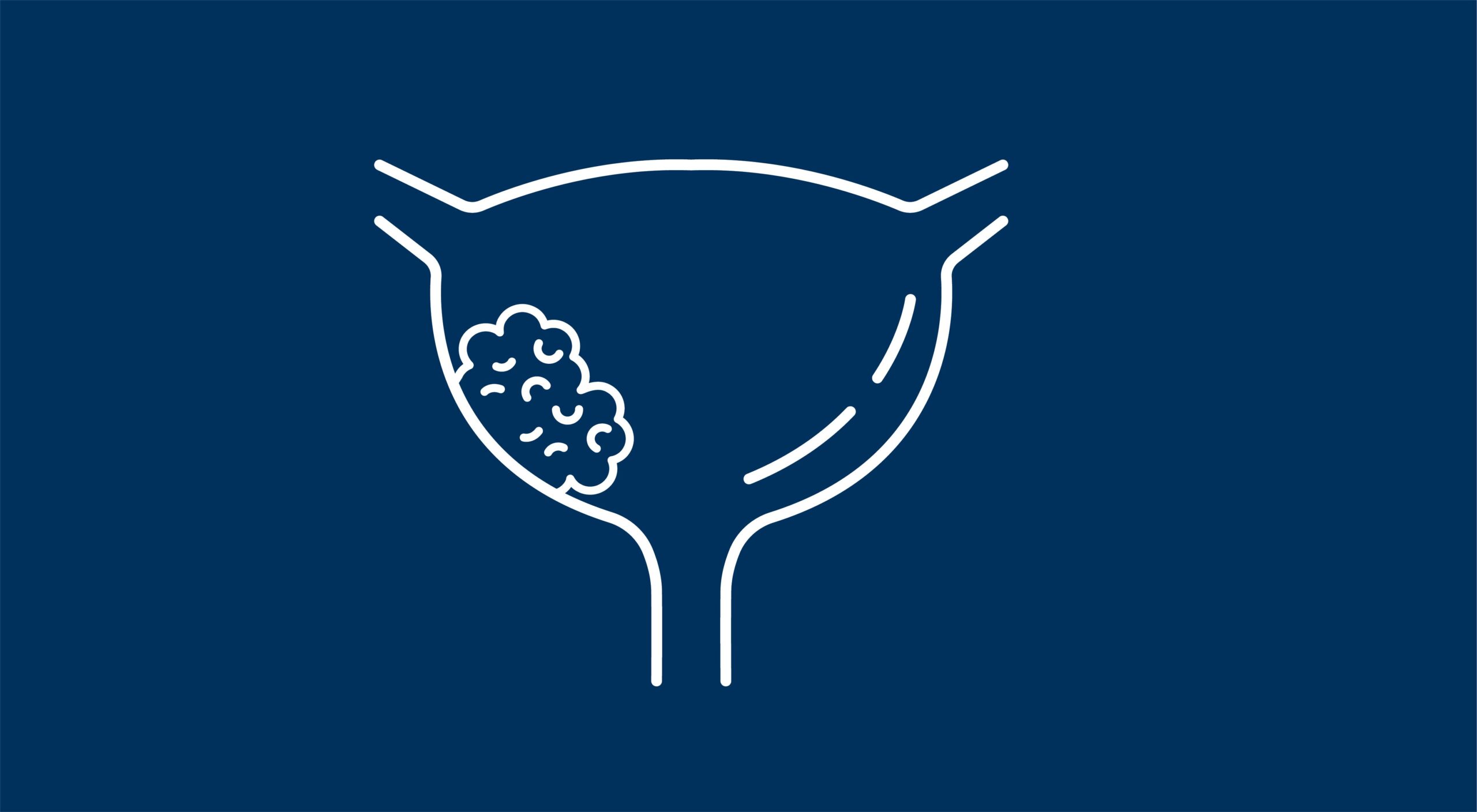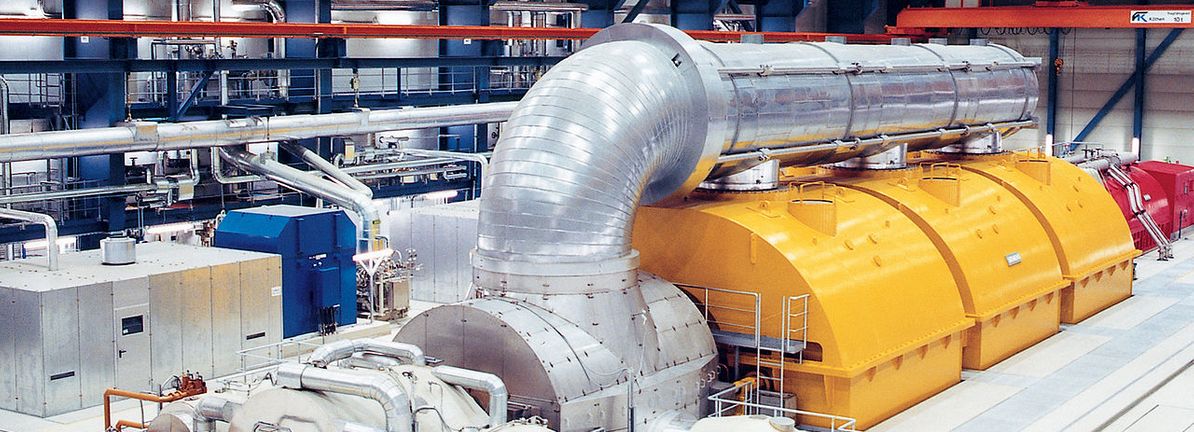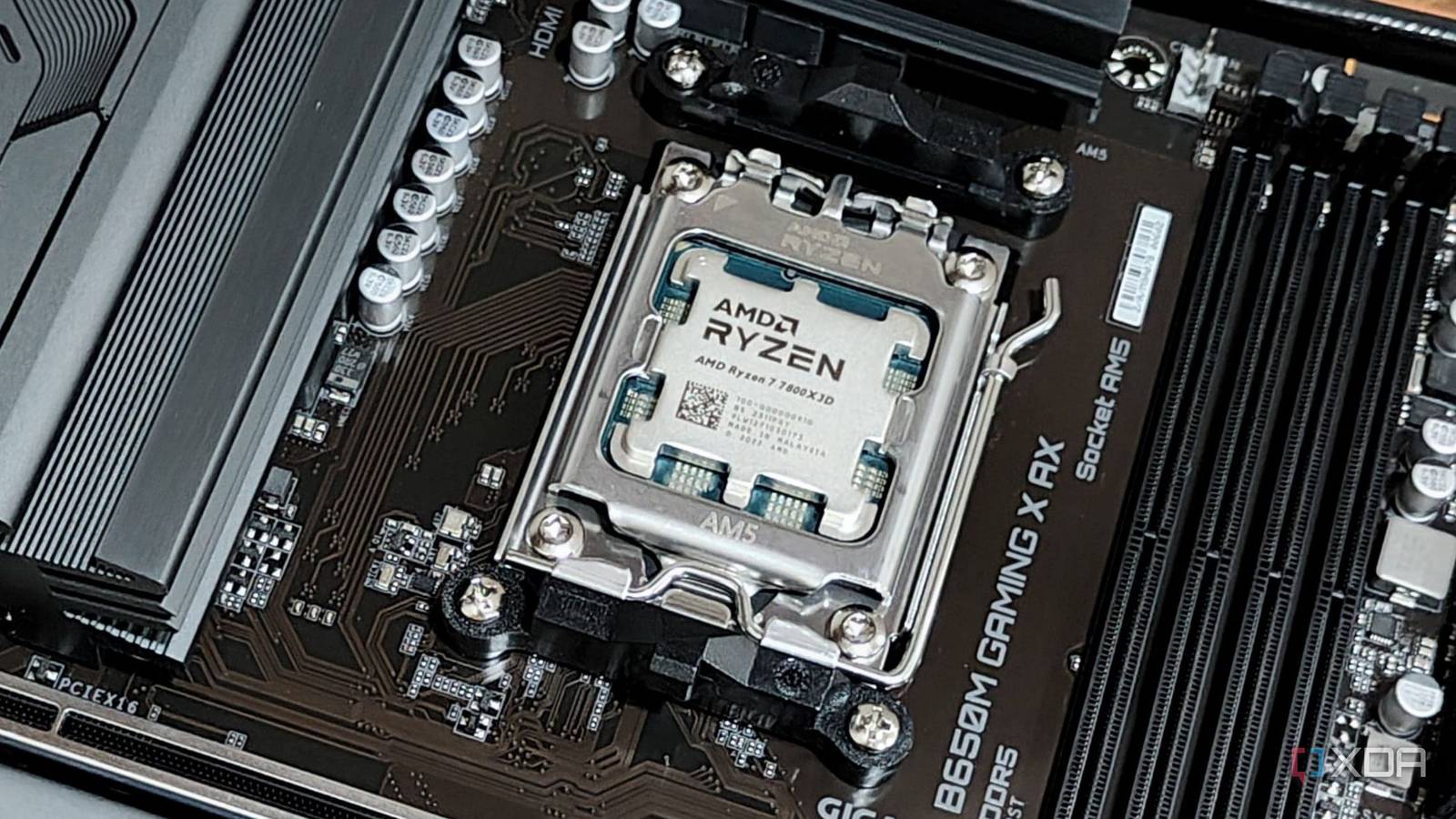- What is the Basel tennis schedule? ATP Tour
- Coco Gauff’s Former Coach Sends 4-Word Response to Taylor Fritz Being Drawn Against Shanghai Champ Valentin Vacherot PFSN
- 2025 Swiss Indoors Basel: Fritz [4th] vs. Vacherot [40th] Prediction, Odds and…
Blog
-
What is the Basel tennis schedule? – ATP Tour
-

Disitamab Vedotin/Toripalimab Combo Prolongs Survival in Frontline HER2+ Urothelial Cancer
Disitamab vedotin plus toripalimab-tpzi (Loqtorzi) demonstrated a statistically significant improvement in survival compared with standard-of-care chemotherapy as a frontline treatment for patients with HER2-expressing locally advanced or metastatic urothelial carcinoma, according to results from the phase 3 RC48-C016 trial (NCT05302284) shared at the
2025 ESMO Congress .1 Results were simultaneously published in the New England Journal of Medicine.2With a median survival follow-up of 18.2 months and a data cutoff date of March 31, 2025, the median progression-free survival (PFS) per blinded independent review committee (BIRC) was 13.1 months (95% CI, 11.1-16.7) with the disitamab vedotin treatment compared with 6.5 months (95% CI, 5.7-7.4) with chemotherapy, representing a 64% reduction in the risk of progression or death (HR, 0.36; 95% CI, 0.28-0.46; P <.0001). The 12- and 18-month PFS rates with disitamab vedotin were 54.5% and 38.4%, respectively, vs 16.2% and 7.5% with chemotherapy.
The median overall survival (OS) was 31.5 months (95% CI, 21.7-not evaluable) in the disitamab vedotin arm compared with 16.9 months (95% CI, 14.6-21.7) in the chemotherapy arm, correlating with a 46% reduction in the risk of death (HR, 0.54; 95% CI, 0.41-0.73; P <.0001). The 12-, 18-, and 24-month OS rates in the disitamab vedotin arm were 79.5%, 64.6%, and 52.8%; in the chemotherapy arm, these rates were 62.5%, 48.1%, and 39.4%.
The PFS and OS benefits were consistent across all prespecified subgroups.
In the disitamab vedotin arm, the overall response rate (ORR) per BIRC was 76.1% (95% CI, 70.3%-81.3%), with complete responses (CRs) in 4.5% and partial responses (PRs) in 71.6% of patients; in the chemotherapy arm, the ORR was 50.2% (95% CI, 43.7%-56.7%), with CRs in 1.2% and PRs in 49.0%. The investigator-assessed ORR with disitamab vedotin was 71.6% (95% CI, 65.5%-77.2%), with CRs in 4.1% and PRs in 67.5% of patients compared with a 49.8% ORR (95% CI, 43.3%-56.3%) with chemotherapy, comprising of CRs in 3.3% and PRs in 46.5% of patients.
The median duration of response per BIRC was 14.6 months (95% CI, 11.3-18.7) with the disitamab vedotin combination compared with 5.6 months (95% CI, 5.3-5.8) with chemotherapy. In the disitamab vedotin arm, the 6-, 12-, and 18-month DOR rates were 78.9%, 58.5%, and 42.4%; in the chemotherapy arm, these rates were 37.2%, 19.0%, and 8.7%.
“The phase 3 RC48-C016 study demonstrated for the first time superiority of an anti-HER2 antibody-drug conjugate plus an anti-PD1 inhibitor in a biomarker-selected patient population with [locally advanced and metastatic urothelial cancer],” lead study author Jun Guo, of the Key Laboratory of Carcinogenesis and Translational Research in the Department of Melanoma and Sarcoma at Peking University Cancer Hospital and Institute in
Beijing , China, said in the presentation. “Disitamab vedotin plus toripalimab offers a valuable new treatment option and represents a new standard of care for the [first-line] treatment of patients with HER2-expressing [locally advanced or metastatic urothelial cancer].”The open-label RC48-CO16 trial randomly assigned 484 patients 1:1 to receive either disitamab vedotin plus toripalimab (n = 243) or gemcitabine plus cisplatin/carboplatin (n = 241). Treatment consisted of 2.0 mg/kg of intravenous disitamab vedotin and 3.0 mg/kg of toripalimab every 2 weeks, or gemcitabine at 1000 mg/m2 on day 1 and day 8 and cisplatin at 70 mg/m2 on day 1 or carboplatin at area under curve 4.5 on day 1 every 3 weeks. There was no maximum number of cycles set for the disitamab vedotin treatment, and the maximum number of chemotherapy cycles was 6.
Eligible patients in the trial had no prior systemic treatment for unresectable locally advanced or metastatic urothelial cancer and central lab-confirmed HER2 immunohistochemistry of 1+, 2+, or 3+; additionally, patients were eligible for cisplatin or carboplatin, had measurable disease per RECIST v1.1, and had an ECOG performance status of 0 or 1.
The primary end points were PFS per BIRC and OS. Secondary end points included PFS by investigators, ORR, DCR, DOR, safety, and quality of life.
Subsequent systemic anticancer treatment was received by 27.2% of patients on the disitamab vedotin arm and 64.7% of the chemotherapy arm; this comprised anti–HER2-containing therapy in 2.1% and 40.2%, respectively, PD-1/PD-L1 inhibitor therapy in 10.7% and 50.2%, and both in 0.8% and 31.1%.
Regarding safety, treatment-emergent adverse events (TEAEs) occurred in 100% of patients across both arms, and treatment-related AEs (TRAEs) occurred in 98.8% of patients on the disitamab vedotin arm and 100% of those on the chemotherapy arm. Grade 3 or higher TRAEs occurred in 55.1% and 86.9% of patients, respectively; grade 3, 4, and 5 TRAEs were observed in 44.0%, 9.9%, and 1.2% of those on the experimental arm vs 41.9%, 43.7%, and 1.4% of the chemotherapy arm. TRAEs led to treatment discontinuation in 12.3% vs 10.4%, respectively.
Any-grade and grade 3 or higher immune-related AEs occurred in 46.9% and 18.9% of the disitamab vedotin arm.
Disclosures: Guo noted having advisory board/consultant roles for MSD, Roche, Pfizer, Bayer, Novartis, Simcere, RemeGen, Shanghai Junshi Bioscience, and Oriengene.
References
- Sheng X, Zeng G, Zhang C, et al. Disitamab vedotin (DV) plus toripalimab (T) versus chemotherapy (C) in first-line (1L) locally advanced or metastatic urothelial carcinoma (la/mUC) with HER2-expression. Presented at the 2025 European Society of Medical Oncology Congress; October 17-21, 2025; Berlin, Germany. Abstract LBA7.
- Sheng X, Zeng G, Zhang C, et al. Disitamab vedotin plus toripalimab in HER2-expressing advanced urothelial cancer. N Engl J Med. Published online October 19, 2025. doi:10.1056/NEJMoa2511648
Continue Reading
-

Perioperative Durvalumab Maintains HRQOL in Muscle-Invasive BC
Michiel van der Heijden, MD, PhD, medical oncologist at the Netherlands Cancer Institute in Amsterdam, presented the findings at the 2025 European Society for Medical Oncology Congress in Berlin, Germany.
At last year’s ESMO Congress in Barcelona, Spain, Thomas B. Powles, MBBS, MRCP, MD, presented findings from NIAGARA. The patient population consisted of adults with cisplatin-eligible MIBC (cT2-T4aN0/1M0), urothelial cancer or urothelial cancer with divergent differentiation or histologic subtypes, evaluated and confirmed for radical cystectomy, and with creatine clearance of 40 mL/min or lower. Patient were randomly assigned 1:1 to either the durvalumab arm or the comparator arm. Patients in the durvalumab arm received neoadjuvant durvalumab, 1500 mg intravenously every 3 weeks and gemcitabine plus cisplatin for 4 cycles followed by radical cystectomy and 8 cycles of adjuvant durvalumab. Patients in the comparator arm received 4 cycles of gemcitabine plus cisplatin for 4 cycles followed by radical cystectomy. The 2 primary end points were event-free survival (EFS) and pathological complete response. Regarding EFS, there was a significant reduction in risk (HR=0.68, 95% CI, 0.56-0.82). Median follow-up was 42.3 months (range 0.03-61.3 months).2,3
Data from NIAGARA supported the FDA’s approval of neoadjuvant durvalumab in combination with gemcitabine and cisplatin, followed by adjuvant durvalumab monotherapy following radical cystectomy, for adult patients with muscle invasive bladder cancer.4
At ESMO 2025, van der Heijden presented HRQOL outcomes from the NIAGARA study. In NIAGARA, the European Organisation for Research and Treatment of Cancer (EORTC) QLQ-C30 and EQ-5D-5L were assessed via electronic device at baseline and every 4 weeks until disease progression. van der Heijden explained that the EORTC QLQ-C30 measures global health scale (GHS)/QoL as well as functional and symptom subscales. GHS/QoL and Physical, Fatigue, and Pain were included in NIAGARA as prespecified priority subscales, with a 10-point change in score compared with baseline being deemed clinically meaningful.
The EQ-5D-5L visual analogue scale is constructed for patients to rate their current overall health; for NIAGARA, the investigators reported visual analogue scale change from baseline.
A total of 439 (82.4%) of patients in the durvalumab arm completed the baseline EORTC QLQ-C30 assessment vs 450 (84.9%) patients in the comparator arm. In addition, 416 (78.0%) patients in the durvalumab arm completed the baseline and at least 1 postbaseline assessment vs 410 (77.4%) of patients in the comparator arm. The compliance rate range from baseline to adjuvant week 29 was 50.9%-82.4% in the durvalumab arm vs 44.3%-84.9% in the comparator arm.
For the EQ-5D-5L, 417 (78.2%) patients completed the baseline assessment vs 430 (81.1%) patients in the comparator arm. Further, 391 (73.4%) patients in the durvalumab arm completed the baseline and at least 1 postbaseline assessment vs 380 (71.7%) patients in the comparator arm. The compliance rate range from baseline to adjuvant week 29 was 49.9%-78.2% in the durvalumab arm vs 43.2%-81.1% in the comparator arm.
For GHS/QoL, van der Heijden reported that that the difference between arms for overall mean change from baseline (CFB) was 1.6 (95% CI, –0.44 to 3.69), and with the Physical Functioning subscale, the difference between arms for overall CFB was 1.2 (95% CI, –0.80 to 3.17). For the Fatigue subscale, the difference between arms for overall CFB was –0.9 (95% CI, –3.25 to 1.52), and for the Pain subscale, the difference between arms for overall CFB was –2.1 (95% CI, –4.44 to 0.16).
The EQ-5D-5L visual analogue scale “also did not show any difference between the treatment arms,” according to van der Heijden.
“Overall, the addition of perioperative durvalumab to neoadjuvant chemotherapy significantly improved event-free survival and overall survival without adversely affecting patient-reported outcomes,” van der Heijden said in his concluding remarks.
References
- van der Heijden M, Powles TB, Galsky MD, et al. Health-related quality of life (HRQOL) outcomes from the NIAGARA trial of perioperative durvalumab (D) plus neoadjuvant chemotherapy (NAC) in muscle-invasive bladder cancer (MIBC). Presented at: European Society for Medical Oncology Congress. October 17-21, 2025. Berlin, Germany. Abstract 3069MO.
- Powles TB, van der Heijden MS, Galsky MD, et al. A randomized phase III trial of neoadjuvant durvalumab plus chemotherapy followed by radical cystectomy and adjuvant durvalumab in muscle-invasive bladder cancer (NIAGARA). Presented at: 2024 European Society for Medical Oncology Annual Congress. September 13-17, 2024. Barcelona, Spain. Abstract LBA5.
- Powles T, Catto JWF, Galsky MD, et al. Perioperative durvalumab with neoadjuvant chemotherapy in operable bladder cancer. N Engl J Med. Published online September 15, 2024. Accessed October 17, 2025. https://www.nejm.org/doi/abs/10.1056/NEJMoa2408154
- FDA approves durvalumab for muscle invasive bladder cancer. News release. US Food & Drug Administration. Published online March 28, 2025. Accessed October 17, 2025. https://www.fda.gov/drugs/resources-information-approved-drugs/fda-approves-durvalumab-muscle-invasive-bladder-cancer
- IMFINZI (durvalumab) approved in the US as first and only perioperative immunotherapy for patients with muscle-invasive bladder cancer. News release. AstraZeneca. Published online March 31, 2025. Accessed October 17, 2025. https://www.astrazeneca-us.com/media/press-releases/2025/IMFINZI-durvalumab-approved-in-the-US-as-first-and-only-perioperative-immunotherapy-for-patients-with-muscle-invasive-bladder-cancer.html
Continue Reading
-

A Fresh Look at Siemens (XTRA:SIE) Valuation Following Recent Share Price Momentum
Siemens (XTRA:SIE) shares are catching attention as investors revisit the company’s performance over the past month. The stock has climbed 6% during this period, showing steady momentum as part of a broader review of the capital goods sector.
See our latest analysis for Siemens.
Zooming out, Siemens’ recent share price return of 25.79% year-to-date reflects ongoing optimism, with the 1-year total shareholder return coming in at 31.18%. Performance has been strong over the past several years, highlighting resilient long-term momentum alongside solid recent gains.
Curious what else is gaining strength beyond the capital goods sector? Now is a great time to broaden your outlook and discover fast growing stocks with high insider ownership
Given Siemens’ strong run, investors now face a key question: are shares still undervalued, or is the market already pricing in all the anticipated growth and leaving little room for new buyers?
The latest narrative consensus values Siemens at €250.22, modestly above the last close of €237.90, setting up a closely contested case for whether shares offer a real margin of safety.
The large, resilient order backlog (€117 billion) and continued strong book-to-bill ratios in core areas such as Mobility and Smart Infrastructure position the company for robust multi-year revenue visibility and support higher consolidated earnings.
Read the complete narrative.
Want to know the key drivers behind Siemens’ current valuation? The narrative hinges on ambitious revenue momentum and increased margins, supported by analyst forecasts that might surprise even seasoned investors. Craving details on the numbers at the heart of these projections? Dive in to uncover what makes this fair value so compelling.
Result: Fair Value of €250.22 (UNDERVALUED)
Have a read of the narrative in full and understand what’s behind the forecasts.
However, ongoing macroeconomic uncertainties and intensifying global competition could dampen Siemens’ growth outlook and challenge the current optimism around its valuation.
Find out about the key risks to this Siemens narrative.
While the consensus sees Siemens as modestly undervalued, our analysis of the company’s price-to-earnings ratio offers a different nuance. Siemens trades at 23.4 times earnings, slightly above the industry average of 22.2, but well below its peer average of 53.5 and its own fair ratio of 26.9. This premium to the sector signals confidence in Siemens’ fundamentals, yet also suggests the margin for error is narrower. Can the company’s future growth justify its valuation, or does this leave the shares more vulnerable to disappointment?
Continue Reading
-
Will anyone chase down Musetti in chase for Nitto ATP Finals spot? – ATP Tour
- Will anyone chase down Musetti in chase for Nitto ATP Finals spot? ATP Tour
- ATP Race: This is how the race to Turin stands with three weeks to go Punto de Break
- Rising stars to watch at the 2025 Nitto ATP Finals Love Tennis Blog
- This is how the…
Continue Reading
-

League of Legends Brings Back Fan-favourite Map
Riot Games continues to honour their past by doing right by all the things that used to make League of Legends cool. From videos that are more stylised to listening to community feedback, it’s been a bit…
Continue Reading
-

Your motherboard might be overvolting your CPU and damaging it, here’s how to check
Even the most seasoned PC builders can fall into the trap of believing that their CPU’s BIOS defaults are safe, sensible, and tuned for stability. After all, out-of-the-box settings provided by motherboard manufacturers must be subject to…
Continue Reading
-

Getafe vs. Real Madrid and all top-flight matches stop for 15 seconds in protest against the LaLiga match in Miami
The Getafe and Real Madrid players held a 15-second pause at the start of the match played at the Coliseum stadium. They joined the initiative, organised by the Spanish Footballers’ Association (AFE) and which took place in all the Primera…
Continue Reading
-

‘Priceless’ jewels stolen from France’s Louvre Museum in four-minute heist | Crime News
The world’s most-visited museum will remain closed for the day for ‘exceptional reasons’.
Thieves wielding power tools have struck at the famed Louvre Museum in Paris, stealing eight items of priceless jewellery in a brazen heist that took…
Continue Reading
-
ESMO 2025: CELC-G-201: Phase 1/2 Study of Gedatolisib in Combination with Darolutamide in mCRPC – UroToday
- ESMO 2025: CELC-G-201: Phase 1/2 Study of Gedatolisib in Combination with Darolutamide in mCRPC UroToday
- Celcuity Presents Updated Data at the 2025 ESMO Congress from Phase 1 Study Evaluating Gedatolisib Plus Darolutamide in Men with Metastatic Castration Resistant Prostate Cancer (“mCRPC”) Yahoo Finance
- Celcuity Inc. Reports Promising Phase 1 Clinical Trial Results for Gedatolisib Combined with Nubeqa® in Advanced Prostate Cancer Quiver Quantitative
- Celcuity Inc. Presents Updated Data At the 2025 Esmo Congress from Phase 1 Study Evaluating Gedatolisib Plus Darolutamide in Men with Metastatic Castration Resistant Prostate Cancer MarketScreener
- Celcuity reports positive Phase 1 data for prostate cancer therapy Investing.com
Continue Reading